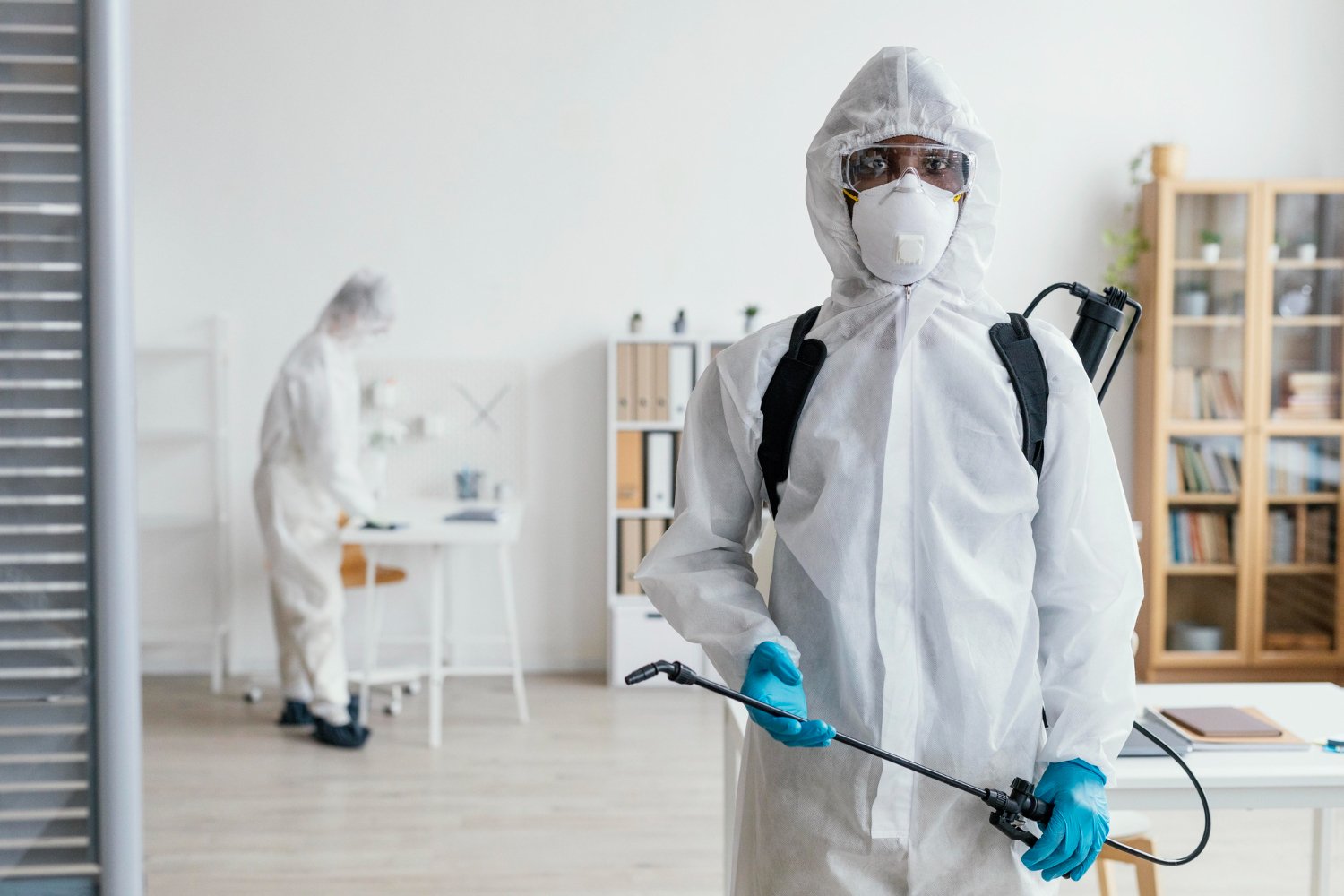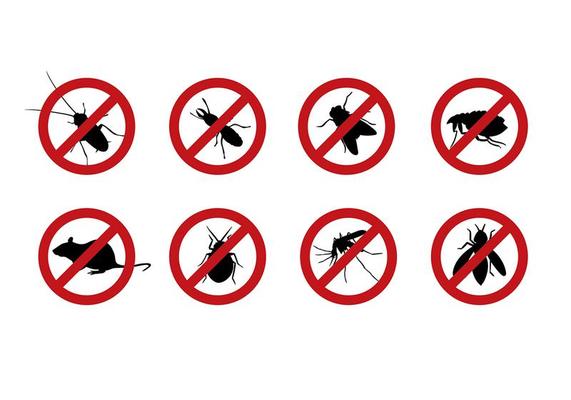Discovering Problem and Therapy Methods in the Globe of Bug Control
The landscape of insect control includes a myriad of obstacles, particularly as problems of typical home bugs continue to advance. By incorporating preventive procedures with sophisticated administration techniques, such as Integrated Parasite Monitoring (IPM), home owners can much better guard their environments.

Typical Home Pests
When it concerns handling our home, recognizing common house bugs is vital. These insects not only interrupt our convenience yet can additionally pose health and wellness threats and damages residential or commercial property. One of the most prevalent household parasites include ants, roaches, rats, termites, and bed insects.
Ants, commonly seen foraging in kitchen areas, can contaminate food and develop large colonies. Roaches, understood for their resilience, can set off allergies and spread virus. Rats, including computer mice and rats, can cause structural damage and bring illness like hantavirus and salmonella. Termites, usually referred to as "quiet destroyers," can compromise the stability of wood frameworks, resulting in pricey repairs. Bed pests, although not condition service providers, can trigger significant pain through their attacks and lead to psychological distress.
Identifying the signs of these bugs, such as droppings, nests, or attack marks, is necessary for very early intervention (Pest Control Lockhart). Appropriate sanitation methods, securing entrance factors, and maintaining a clutter-free atmosphere are reliable preventative actions. By identifying these typical family bugs and recognizing their actions, home owners can take proactive steps to alleviate problems, making sure a healthier living setting
Understanding Pest Infestations
Parasite infestations can escalate quickly, turning a minor aggravation into a considerable trouble otherwise attended to promptly. Comprehending the nature of these invasions is crucial for efficient administration. Pests can get into property and industrial areas for different factors, consisting of the search for food, sanctuary, or breeding premises. Usual variables adding to infestations consist of inadequate hygiene, structural susceptabilities, and seasonal modifications that drive bugs indoors.
Recognizing the kind of pest is essential, as various species show diverse behaviors and reproductive rates. As an example, rodents may develop nests in covert locations while bugs like roaches flourish in moist atmospheres. Early detection frequently depends upon acknowledging indications such as droppings, nibble marks, or unusual noises, which can show a problem prior to it ends up being extreme.
Ecological problems also play an essential role in pest spreading. Warm, moist environments can assist in the quick growth of pest populaces, while adjustments in landscaping or building can accidentally produce conducive atmospheres. Normal examinations and preventative procedures are critical to alleviating the risk of infestations. An educated method to understanding these characteristics lays the foundation for efficient pest management approaches in the future.
Treatment Techniques and Strategies
Reliable therapy techniques and techniques are essential for reducing bug problems and bring back a safe environment. A diverse technique is often best, incorporating chemical, organic, and mechanical techniques customized to the specific insect and the seriousness of the problem.
Chemical treatments include making use of insecticides and herbicides, which can effectively get rid of parasites. Correct application and adherence to safety guidelines are essential to minimize threats to human beings and non-target organisms. Integrated Bug Administration (IPM) encourages the wise usage of chemicals as a last hope, counting rather on tracking and threshold levels to establish intervention needs.
Organic control methods include presenting all-natural killers or parasites to lower site web insect populaces. This approach is progressively prominent, especially in farming setups, as it advertises environmental sustainability.
Mechanical methods, Check This Out such as catches and obstacles, give immediate alleviation from pests without introducing chemicals. Choices consist of sticky catches for pests or physical barriers for rodents.
Eventually, the option of treatment technique should think about the specific bug, the environment, and potential effect on human health and communities. A balanced combination of these methods can efficiently handle problems while promoting lasting parasite control services.
Safety Nets for Residence
Proactively resolving parasite problems prior to they rise is important for preserving a healthy and balanced home atmosphere (Pest Control Lockhart). Carrying out reliable preventive actions can substantially reduce the probability of infestations, ultimately protecting both your residential or commercial property and well-being

Proper landscaping also plays an important role in avoidance. Keeping hedges and trees cut away from the home reduces the chances of insects locating their method indoors. Furthermore, make certain that drainage systems are working efficiently to stop standing water, which can draw in insects and various other bugs.
Last but not least, regular examinations are advisable. Consistently checking for indicators of insect task enables very early intervention. By taking on these safety nets, homeowners can produce a setting that is less welcoming to pests, consequently improving their total lifestyle and minimizing the requirement for substantial bug control interventions.
Industrial Pest Control Approaches
A thorough approach to commercial insect control is important for businesses aiming to keep a safe and hygienic setting. Effective strategies involve a mix of routine inspections, worker training, and the implementation of Integrated Pest Monitoring (IPM) practices.
Normal assessments enable very early detection of bug task, allowing for prompt intervention. Organizations must develop a routine timetable for these analyses, focusing on risky locations such as kitchens, storage spaces, and waste disposal websites. Employee training is just as vital; personnel needs to be educated on the indications of parasite invasions and the value of reporting them quickly.
Applying IPM methods aids reduce bug issues sustainably. This includes habitat modification, such as sealing entry factors and minimizing clutter, as well as using natural deterrents before resorting to chemical therapies.

In addition, working together with an accredited insect control supplier guarantees access to professional expertise and advanced treatment choices. This partnership can cause personalized insect control plans customized to the particular demands of business, reducing threats and improving overall effectiveness. Eventually, a positive and educated method fosters a pest-free environment, securing both public wellness and organization track record.
Final Thought
In conclusion, reliable parasite control requires a thorough understanding of common family pests and their habits, combined with targeted therapy methods. Implementing preventive actions together with therapy approaches such as Integrated Bug Monitoring and biological control improves the capability to reduce problems.